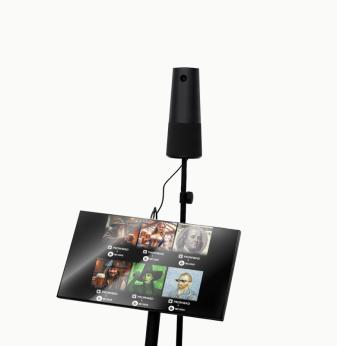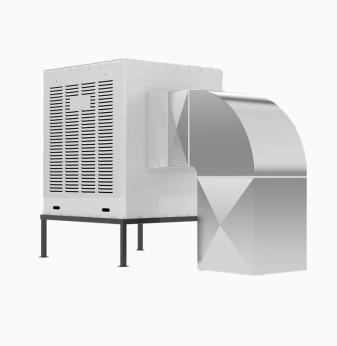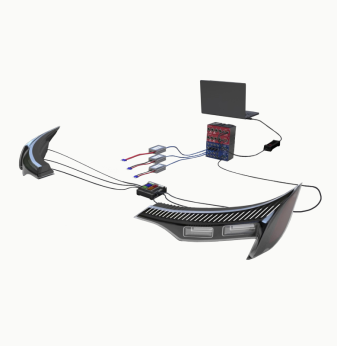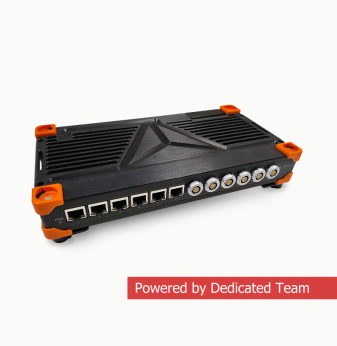Embedded Electronics Meet Smart Manufacturing at SMTconnect 2026
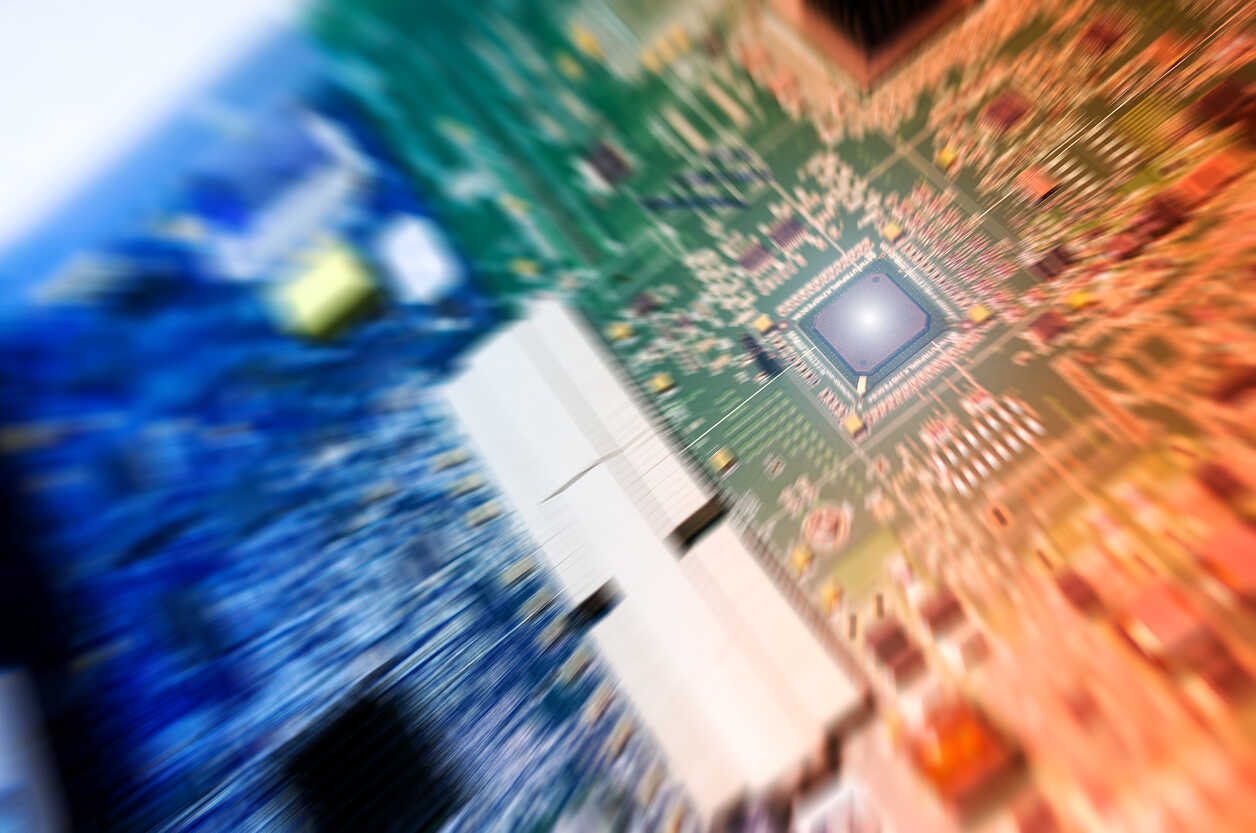
The upcoming SMTconnect 2026 in Nuremberg is set to showcase how embedded electronics are central to the transformation of manufacturing — not just as components on boards, but as intelligent subsystems driving factory automation, quality assurance, digital twin feedback and adaptive production. For engineering leaders in embedded hardware, industrial electronics and production design, the show offers a unique vantage into how embedded systems are evolving from end-products into embedded manufacturing nodes themselves. This article unpacks the key themes expected at the event, why they matter for embedded hardware teams, and how to translate show insights into design strategies.
Why embedded electronics are now core to smart manufacturing
Embedded electronics have moved beyond being passive components; they now enable smart manufacturing capabilities. Modern surface-mount lines, assembly robots, sensor networks and production-monitoring systems rely on embedded controllers, edge processors, AI modules and embedded software stacks. According to recent industry trend analyses, embedded AI, digital twins and new packaging technologies rank among the top drivers of electronics manufacturing in 2026. StartUs Insights+1
At SMTconnect 2026, attendees will not only see new components and modules, but embedded systems driving the production processes themselves — smart placement, adaptive reflow, self-optimising inspection, and real time supply-chain feedback. For embedded hardware teams this means two shifts: first, your devices are no longer only end-products but part of the manufacturing fabric; second, production requirements (robustness, whitelisting, firmware updates, sensor fusion) now align tightly with design decisions in embedded systems.
Key themes to watch at SMTconnect 2026
Embedded controllers with adaptive production intelligence
Expect to see controllers and embedded modules designed specifically for manufacturing floors: microcontrollers or SoCs with real-time analytics, anomaly detection and sensor fusion tailored for SMT lines. These controllers manage placement, inspect solder joints, monitor pick-and-place accuracy, and feed data to factory dashboards. For embedded designers, spotting modules with certified industrial interfaces (EtherCAT, TSN, OPC UA) and built-in analytics will be a priority.
Sensor-driven traceability and embedded hardware on assembly lines
Traceability is no longer just a barcode scan — embedded electronics now integrate sensors (optical, thermal, acoustic), embedded identifiers (RFID, NFC) and on-board microcontrollers to monitor each board in real time. At SMTconnect 2026, demos of embedded electronics on PCBs tracking thermal profiles, stress history, or usage logging will be prominent. For embedded system teams, this highlights the shift toward “smart PCBs” or self-aware modules which report health and lifecycle metrics.
AI-driven quality inspection and repair modules
Manufacturing boards and modules increasingly rely on embedded AI within vision systems, AOI (automated optical inspection) tools and repair robotics. At the show, we’ll see embedded computing platforms (edge SoMs) running neural nets, detecting solder voids, mis-alignments, component defects and commanding repair systems autonomously. Designers of embedded modules must now consider processing and memory demands, thermal budgets, and firmware update paths in production use cases, not just end-user.
Embedded electronics in modular, flexible production lines
Modern factories demand flexible lines that adapt to product variants, low-volume high-mix production, and rapid reconfiguration. Embedded electronics underpin these adaptive lines — modular placement stations, plug-in boards with embedded controllers, reconfigurable test rigs, and robot cells with embedded motion controllers. SMTconnect 2026 will showcase embedded system platforms that support rapid lane changeovers, automatically reprogramming controllers and sensors based on product data. For embedded hardware teams this means designing with reprogrammability, compatibility with standard frameworks and built-in production-grade reliability.
Sustainability, green manufacturing and embedded hardware lifecycle
Sustainability is embedded into manufacturing just as much as hardware. At SMTconnect 2026, expect to see embedded electronics optimized for recyclability, low power usage, modular replacement, and embedded sensors tracking energy consumption, material use and production waste. Designers must now integrate lifecycle-aware hardware features, enable firmware updates, support telemetry for manufacturing analytics, and anticipate production-side traceability. The wider trend toward smart manufacturing intersects deeply with embedded electronics design.
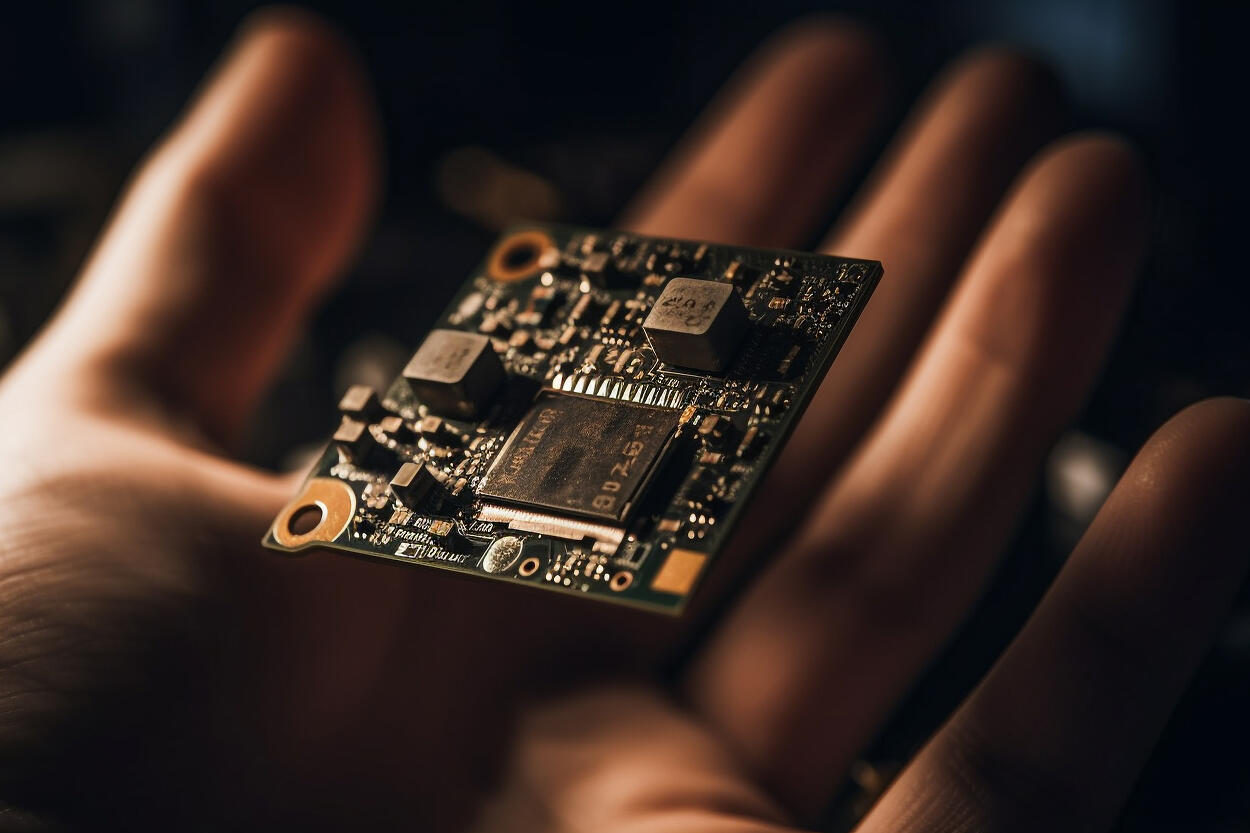
How embedded design teams can get ready
- Review the demonstrator list for SMTconnect 2026 and mark booths focussed on embedded electronics in manufacturing and sensor-driven production systems.
- Prepare targeted questions for vendors: “What embedded controller manages real-time analytics in this line?”, “Which SoM supports firmware rewriting while on the manufacturing floor?”, “How is sensor data collected and processed on-board?”.
- Map manufacturing-grade constraints back into your embedded hardware design: ruggedness, temperature cycles, firmware versioning, long-term availability, industrial communication interfaces.
- Align your software stack with manufacturing intelligence: embedded OS, real-time schedulers, edge analytics frameworks, OTA update paths that are production-compatible.
- Use insights from the show to guide hardware roadmap planning: if you see modular embedded controllers and sensor-rich PCBs taking over production lanes, align your next-generation modules accordingly — not just for device functions, but for how they will be produced.
Implications for embedded hardware roadmaps
The manufacturing floor is becoming smarter and more autonomous, and embedded electronics are the nervous system of this transformation. For hardware development teams this means:
- Earlier integration of manufacturing requirements into product development (DFX: design for manufacturing overridden by “design for intelligent manufacturing”).
- Consideration of embedded analytics, sensor fusion and communication capabilities even at early hardware architecture stages — not just in consumable devices.
- Stronger alignment between hardware platform design and the automated production ecosystem: embedded modules might need to incorporate manufacturing feedback loops, self-diagnostics and upgrade paths.
- Opportunity to design hardware that supports the factory of tomorrow: controllers and modules used not just in the end product but throughout the manufacturing ecosystem—opening service, upgrade and lifecycle business models.
AI Overview: Smart Manufacturing with Embedded Electronics at SMTconnect 2026
Embedded electronics are no longer simply components; they are now the engines of smart manufacturing — embedded controllers, sensor-rich PCBs, adaptive production modules and firmware-enabled manufacturing nodes collaborate to drive the factory of the future.
Key Applications: embedded controllers for SMT lines, sensor-enabled PCBs tracking manufacturing lifecycle, AI-driven AOI systems built on embedded hardware, modular production cells with embedded intelligence, embedded electronics driving sustainable manufacturing.
Benefits: tighter integration of hardware manufacturing and device design, faster production lane change-over, deeper traceability and analytics, reduced time-to-market via intelligent production feedback, improved sustainability via embedded manufacturing intelligence.
Challenges: designing embedded modules for manufacturing-floor robustness, managing firmware and analytics in production hardware, aligning device roadmap with evolving production ecosystems, ensuring long-term availability and industrial-grade communication interfaces.
Outlook: by 2028, embedded electronics designed for intelligent manufacturing will become a standard baseline in smart factories: modular controllers, sensor-rich boards and embedded analytics will be embedded in both the production line and the end-devices they produce.
Related Terms: Industry 4.0 embedded, smart factory electronics, embedded controllers for manufacturing, sensor-rich PCB, adaptive SMT line, OTA update manufacturing modules.
Our Case Studies

